Image Gallery: Alien Life of the Antarctic
Polar Vessel
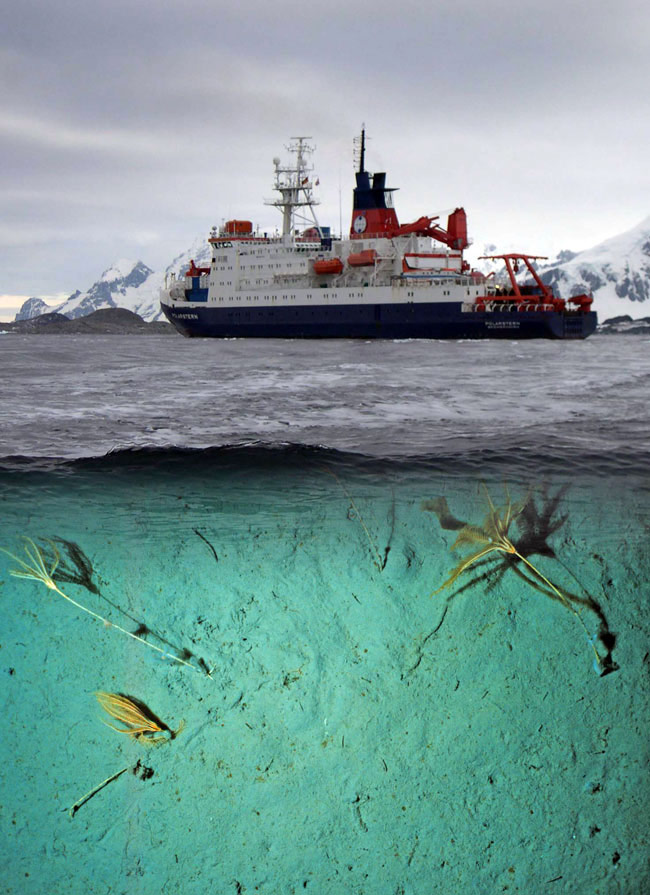
Three sampling expeditions aboard the German research vessel "Polarsterni" revealed hundreds of new animal species in the depths of the Southern Ocean.
Little Pincher
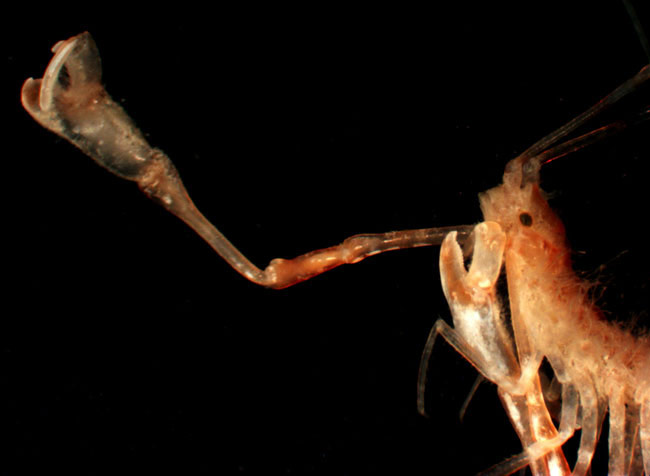
This image shows an isopod (Munna species) discovered in the Weddell Sea.
Pink Worm
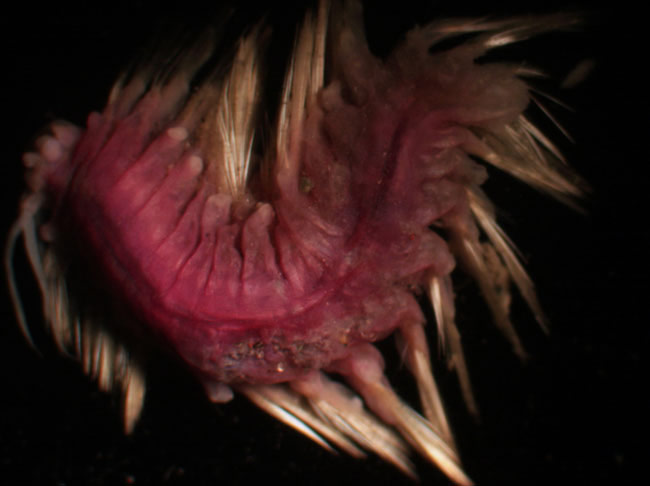
This pink polychaete worm was discovered in the Weddell Sea.
Sea Urchin Inn
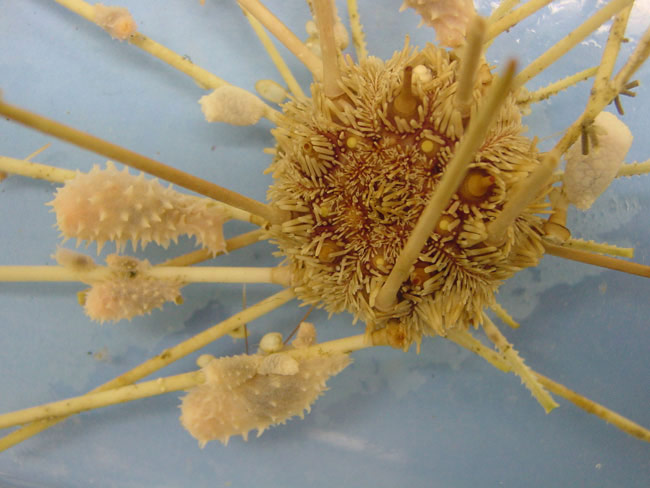
This spindly, cidaroid sea urchin has house guests: sponges, made up of millions of single-celled animals, have attached to the urchini's branches.
Slim Isopod
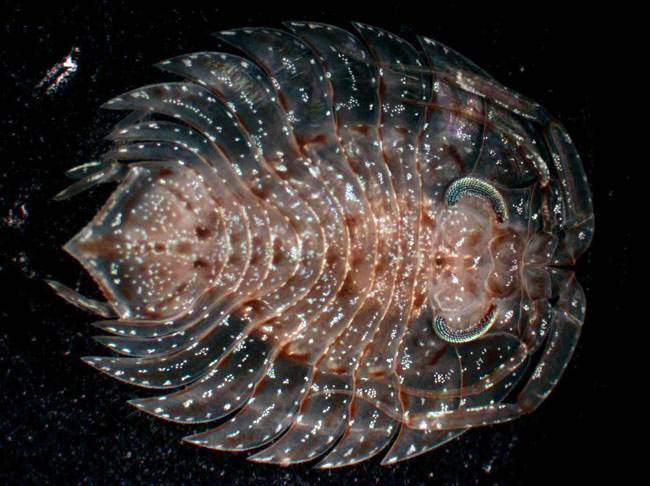
This serolid isopod can flatten its body to increase surface area and keep from sinking into the fine-grain sediment on the seafloor.
Red-Eyed Critter

Some of the deep-water antarcturid isopods (like the one shown) have eyes, suggesting they evolved from species that lived on the shallower continental shelf, where light penetrated to the bottom.
Ghostly Swimmer
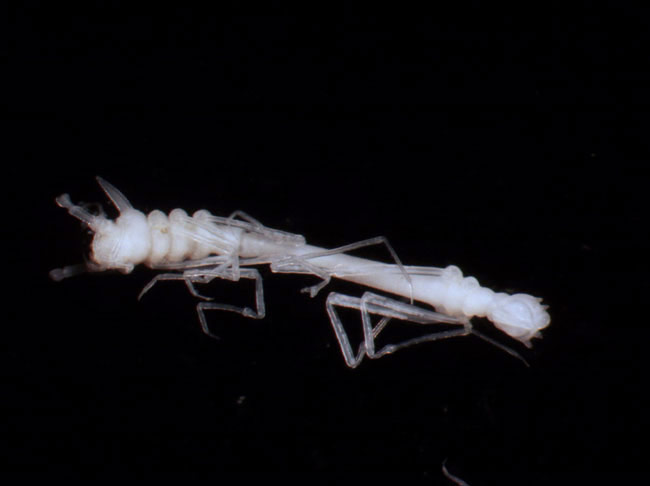
This crustacean (Ischnomesus species) was discovered in the Weddell Sea.
Sign up for the Live Science daily newsletter now
Get the world’s most fascinating discoveries delivered straight to your inbox.
Sea Spider
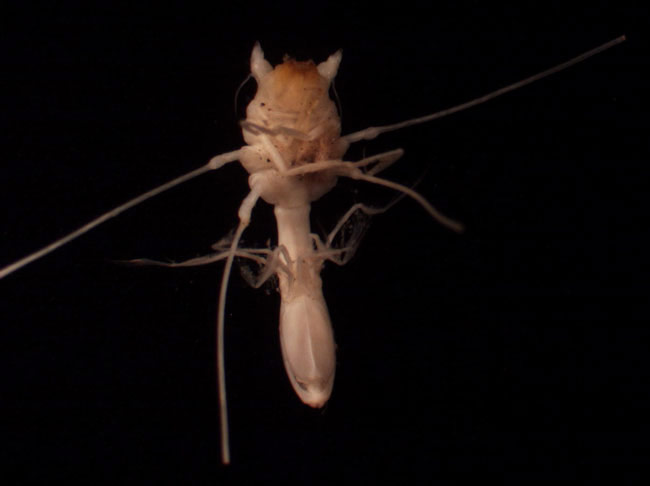
This Munnopsis species found in the western Weddell Sea is a type of isopod, a group of marine invertebrates (animals without backbones). The "deep-sea spider" dines on bits of food that sink to the sea floor.
Sediment Feeder
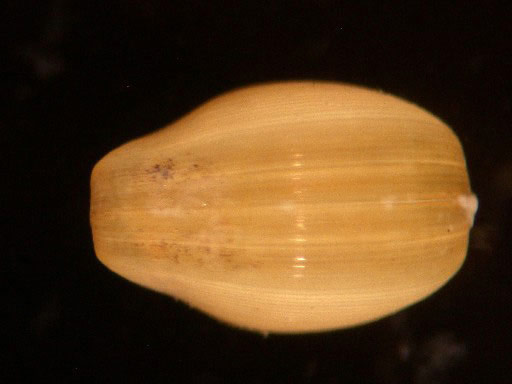
This protobranch bivalve, or animal with a shell that has two hinged valves, gathers bits of food by probing the soft sediment with a thin appendage.
Half Shell
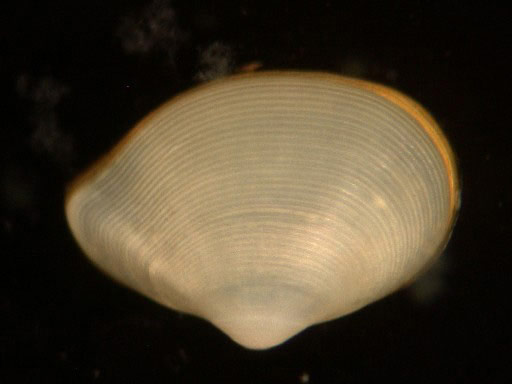
This protobranch bivalve, discovered in the Weddell Sea, gathers bits of food by probing the soft sediment with a thin appendage.
Roly-Poly
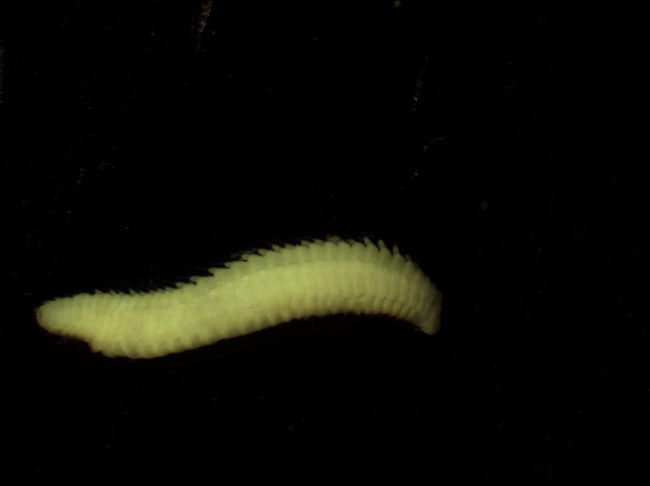
Scientists discovered more than 200 polychaete worm species, 81 of which were previously unknown. This Ophryotrocha species, like other segmented worms, has long bristle-like appendages and it feeds on sinking organic debris called "marine snow."










